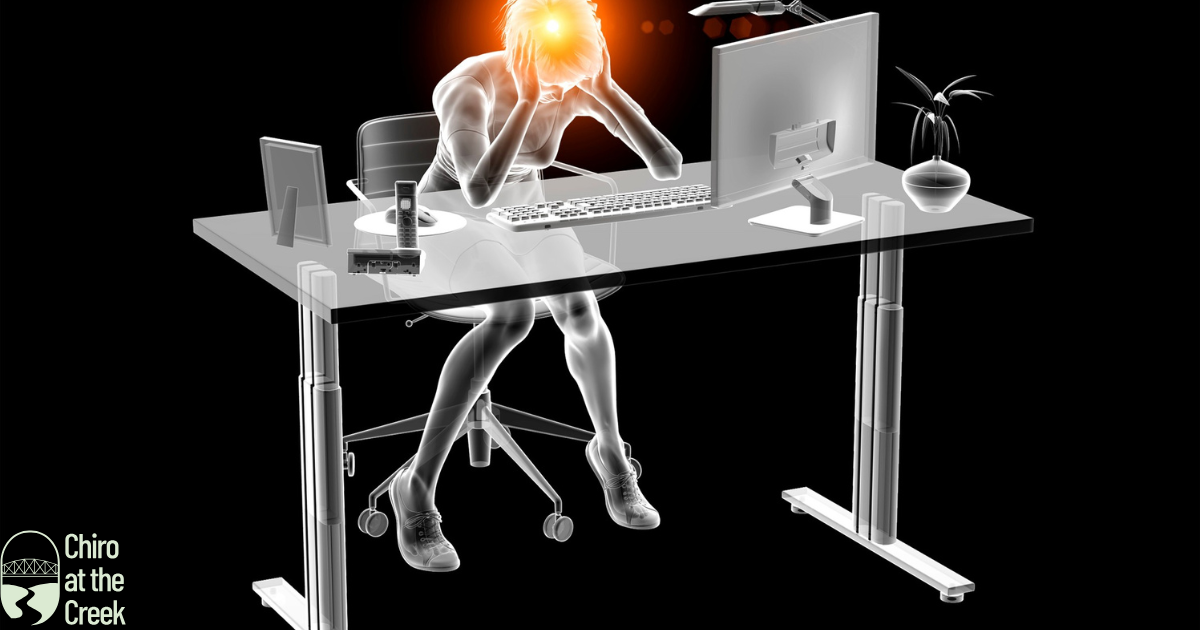Preventing Work-Related Pain: Three Ergonomic Tips from a Chiropractic Professional
Understanding the Impact of Poor Ergonomics on Work-Related Pain
In today’s fast-paced and technology-driven world, many individuals spend a significant portion of their day sitting at a desk, hunched over a computer. Unfortunately, this sedentary lifestyle can lead to work-related pain, such as backaches, neck strain, and wrist discomfort. Understanding the impact of poor ergonomics on work-related pain is crucial in order to prevent and alleviate these issues.
According to a study conducted by the American Chiropractic Association, poor ergonomics can result in musculoskeletal disorders, which account for nearly 34% of all lost workdays. This staggering statistic highlights the importance of addressing ergonomic concerns in the workplace. When individuals maintain poor posture or engage in repetitive motions without proper support, it puts excessive strain on their muscles and joints, leading to pain and discomfort.
Ergonomic Tip #1: Proper Posture and Alignment for a Pain-Free Workday
One of the most effective ways to prevent work-related pain is by maintaining proper posture and alignment throughout the workday. This means sitting up straight with your feet flat on the floor, shoulders relaxed, and your head aligned with your spine. By doing so, you can reduce the strain on your neck, back, and shoulders.
Additionally, it is important to invest in an ergonomic chair that provides adequate lumbar support. This will help maintain the natural curve of your spine and prevent slouching. Remember to adjust the height of your chair so that your knees are at a 90-degree angle and your elbows are at a comfortable position when typing.
Ergonomic Tip #2: Creating an Ergonomically Friendly Workstation
Creating an ergonomically friendly workstation is essential for preventing work-related pain. Start by positioning your computer monitor at eye level or above to maintain the proper neck curvature, approximately 20 inches away from your face. This will help reduce strain on your neck and eyes. Utilize a document holder to keep papers at eye level or above, minimizing the need to constantly look down.
Furthermore, arrange your desk in a way that allows for easy access to frequently used items. This will prevent unnecessary reaching and twisting, which can strain your muscles and joints. Consider using a keyboard and mouse pad with wrist support to maintain a neutral wrist position and prevent carpal tunnel syndrome.
If you have multiple computer monitors, always be facing the one you are working on. Research shows holding one sustained position for as little as 8 minutes will trigger muscle memory to memorize that position. The last thing you want to do is hold a twisted position for too long. This can cause unnecessary torque in the body resulting in aches and pains.
Ergonomic Tip #3: Incorporating Regular Stretching and Movement into Your Work Routine
Sitting for prolonged periods can lead to muscle stiffness and decreased circulation, contributing to work-related pain. Incorporating regular stretching and movement into your work routine is crucial for preventing these issues. Take short breaks every hour to stand up, stretch, and walk around. This will help improve blood flow and reduce muscle tension.
Additionally, consider incorporating simple exercises into your daily routine. For example, perform shoulder rolls, neck stretches, and wrist exercises to alleviate tension and promote flexibility. These exercises can be done discreetly at your desk and take only a few minutes, yet they can have a significant impact on preventing work-related pain. Buy a simple exercise band and start doing “W” exercises. This consists of holding the exercise band in both hands and squeezing your shoulder blades together forming a “W” with your arms. This will strengthen the rhomboid muscles and pull your shoulder blades back towards your spine. This will eliminate the rounding forward of the shoulders caused by prolonged sitting.
In conclusion, poor ergonomics can have a detrimental impact on work-related pain. By understanding the consequences of poor posture and repetitive motions, individuals can take proactive steps to prevent and alleviate these issues. Implementing proper posture and alignment, creating an ergonomically friendly workstation, and incorporating regular stretching and movement into your work routine are essential for maintaining a pain-free workday. By following these ergonomic tips, individuals can improve their overall well-being and productivity in the workplace.













